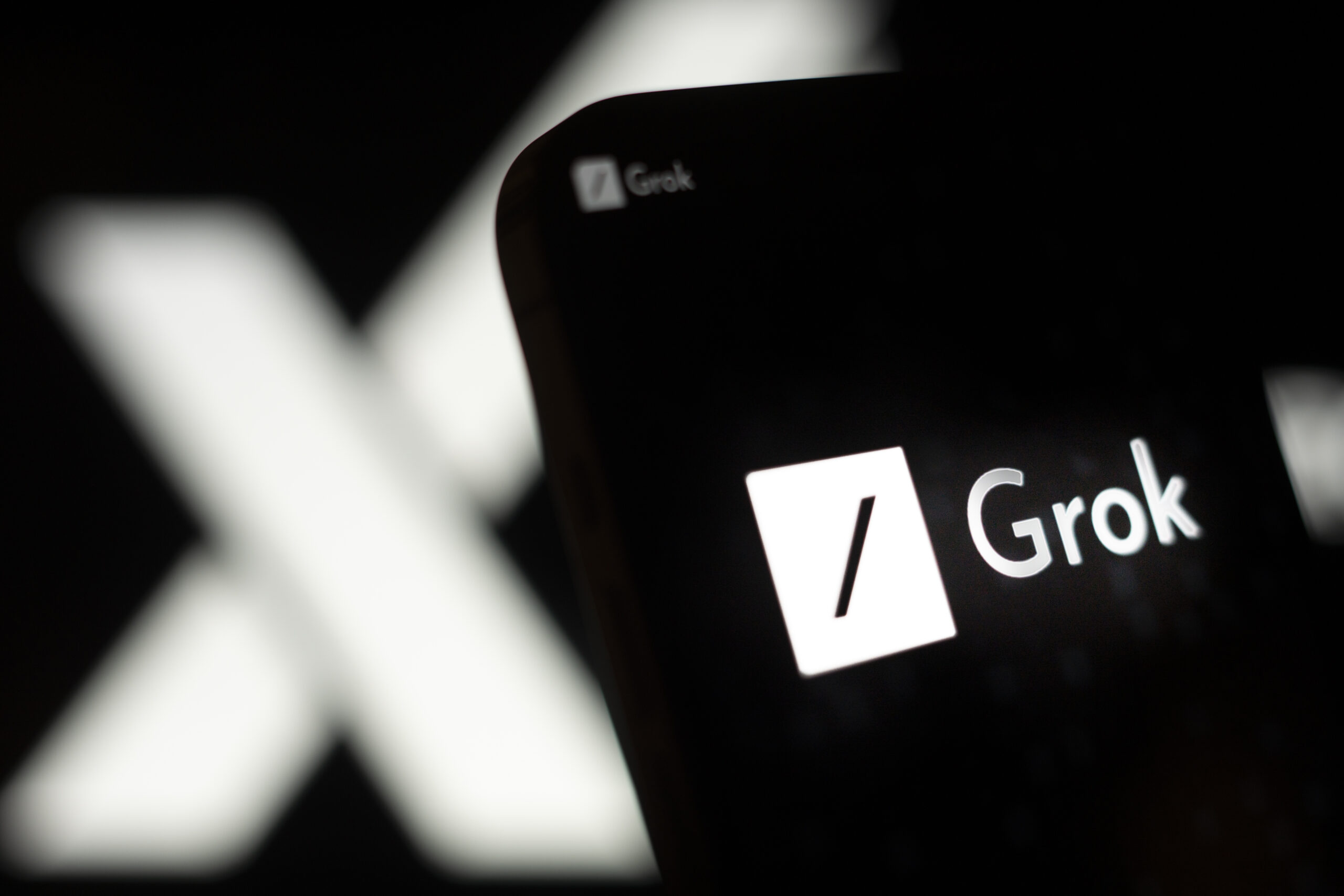Grok Chatbot by xAI Now Capable of Visual Perception

xAI’s Grok Chatbot: A New Dimension in AI Interaction
In the rapidly evolving landscape of artificial intelligence, xAI has introduced an innovative feature for its Grok chatbot. This new capability allows the chatbot to recognize and interpret the surroundings captured by your smartphone’s camera. This functionality is comparable to real-time vision features seen in advanced AI systems like Google’s Gemini and OpenAI’s ChatGPT.
How Grok Chatbot Works
Grok uses advanced computer vision technology to analyze images and provide information about the environment in real-time. Here’s a closer look at how it operates:
- Camera Integration: When users point their smartphones at an object or scene, Grok utilizes the camera to capture the visuals.
- Image Processing: The captured image is processed using machine learning algorithms that identify and categorize the components within the view.
- Natural Language Response: Once the analysis is complete, Grok responds in natural language, offering insights or answering queries regarding what is visible.
Features of Grok Chatbot
Grok’s integration of visual recognition technology introduces several standout features:
1. Object Identification
Grok can identify various objects, animals, and landmarks, providing users with detailed information about each item. This functionality can be particularly helpful in educational settings or during travel.
2. Contextual Understanding
The chatbot can not only recognize items but also understand their context. For instance, if you’re at a museum, Grok can identify artwork and provide historical background or artist information.
3. Interactive Learning
With its ability to process visuals, Grok encourages interactive learning experiences. Users can ask follow-up questions based on what they see, fostering a more engaging conversational experience.
Comparing Grok with Other AI Chatbots
Grok’s capabilities are similar to other advanced chatbots today, but there are some distinct differences:
Google’s Gemini
- Vision Enhancement: Google’s Gemini also incorporates real-time vision capabilities, allowing users to interact with visual elements.
- Integration with Services: Gemini offers seamless integration with Google’s suite of products, enhancing functionality.
ChatGPT
- Language Processing: ChatGPT excels in language understanding and generation, but it relies on text-based interactions and doesn’t process images directly.
- Plugin and API Options: ChatGPT provides additional functionalities through plugins, which can integrate with various applications, though not primarily focused on visual interaction.
The Future of AI Chatbots
Integrating visual recognition into chatbots like Grok signals a shift towards more intuitive human-computer interactions. As technology continues to advance, we can expect further enhancements in capabilities. Some potential developments may include:
- Augmented Reality: Future versions of Grok could incorporate augmented reality features to overlay information directly onto the visuals seen through a user’s camera.
- Language Support: Expanding language options could make the chatbot accessible to a broader audience, enhancing its usability worldwide.
The Importance of Responsible AI Development
As exciting as these advancements are, it’s vital to approach them responsibly. Developers, including xAI, must ensure that ethical standards are maintained. Transparency in how data is used and processed is crucial to avoid potential privacy issues and build trust among users.
In summary, the introduction of real-time vision capabilities in xAI’s Grok chatbot enhances the way we interact with technology. As the line between the physical world and digital software blurs, these innovations pave the way for smarter, more engaging experiences. Users will be able to benefit from not just conversational AI, but also from systems that perceive and respond to the world around them in real time.






